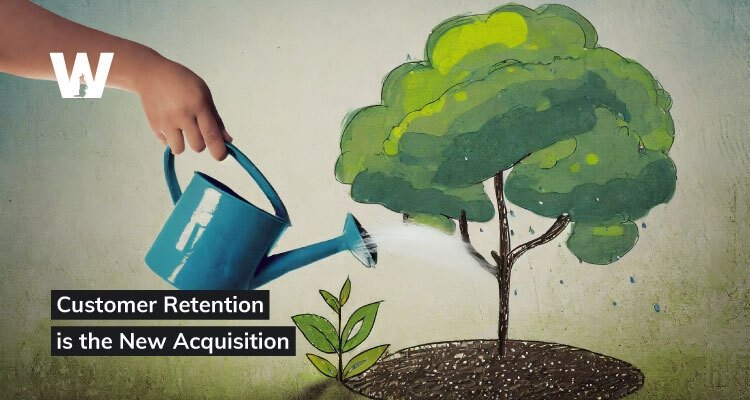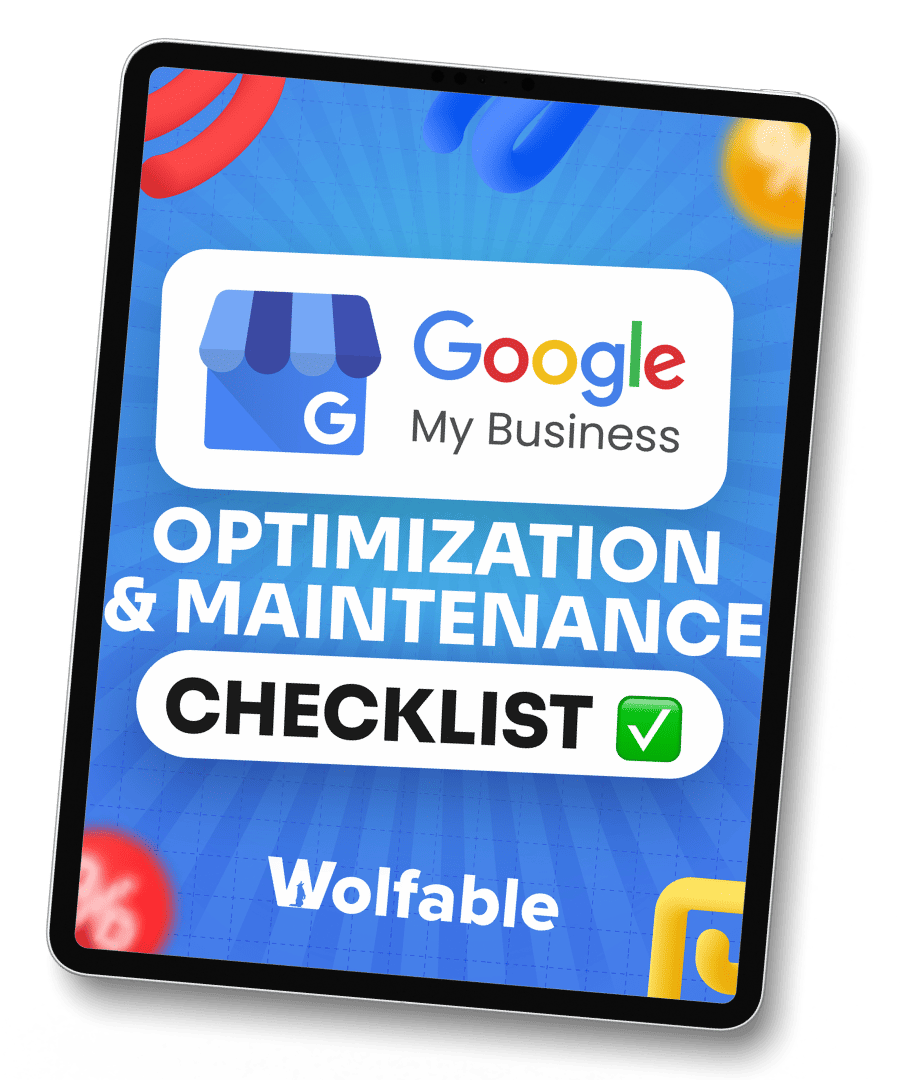Wraps up in 13 Minutes
Acquiring new customers is exciting.
It feels like progress as your customer base grows.
But for the last many years, at Wolfable, we have pivoted our strategy toward retaining existing clients rather than chasing new ones.
And you know what? It has yielded significant results. Since implementing this strategy, we've managed to retain over 80% of our existing customers every year. Our growth, spanning aspects such as delivering quality, achieving favorable outcomes, optimizing commercial terms, and introducing additional offerings, has been truly remarkable.
However, this wouldn’t have been possible without improving the quality of our services and over-delivering on client expectations and results.
We went the extra mile to nurture relationships with existing customers, provide stellar service, and go above and beyond on the work we delivered.
The point is that customer retention is now even more critical for business growth, especially in the service sectors, than customer acquisition.
If you still believe otherwise, we guarantee you will change your mind after reading this post.
The Cost of Acquiring vs. Retaining Customers
Let's start with the hard numbers.
Acquiring a new customer is expensive. A study has already proven that the cost of acquiring a new customer is 5-25 times more expensive compared to the cost of retaining an existing one.
Retaining existing customers, on the other hand, is not just cost-effective but also provides compounding returns - as an existing customer continues to purchase from you over time, the costs of serving them go down while revenue goes up.
According to Harvard Business Review, increasing customer retention rates by just 5% can increase profits by 25% to 95%.
Clearly, retention provides much more value at a lower cost compared to acquisition.
More Revenue from Retained Customers
In addition to lower costs, retained customers spend more with a business over time.
As an existing customer's relationship with a brand grows, they tend to purchase more frequently and in higher amounts.
As a result, their lifetime value (LTV) increases gradually over time. For the uninitiated, LTV is the amount of money a customer is expected to spend on your products/services during their lifetime.
A study has shown that existing customers are 50% more likely to try out your new products compared to new and prospective customers.
The same study also found that repeat customers spend an average of 31% more than first-time customers.
This data clearly proves that the longer a company retains a customer, the higher the revenue generated. This is why companies should primarily focus on retaining customers for as long as possible to maximize revenue.
More Referrals from Satisfied Customers
Another cool thing about retaining existing customers is that they not just spend more themselves — they also bring in new revenue by referring others.
In other words, satisfied customers are your company’s best marketing channel.
In fact, the Nielsen study also found that 92% of consumers trust recommendations from friends and family above all other forms of advertising.
Referrals also convert at a much higher rate compared to other leads. There is already an established awareness and trust before the referral reaches out. This results in higher sales conversion compared to leads generated through traditional marketing and advertising.
Investing efforts in retaining existing customers results in more word-of-mouth referrals and new leads at a very low cost.
Higher Conversion Rates from Existing Customers
In addition to referrals, existing customers have higher conversion rates themselves.
As customers purchase from a brand repeatedly, they gain trust and are more likely to continue buying.
According to research, the probability of selling to an existing customer is 60-70%, while the probability of selling to a new prospect is 5-20%.
Simply put, retained customers require lower acquisition costs and convert better on repeat sales. This makes it one more reason to focus on customer retention rather than acquisition.
Spend Less on Marketing
Last but not least, brands can significantly lower their marketing budgets over time with a strong base of retained customers.
When a company has a strong group of loyal, repeat customers, it can spend less money on marketing over time.
This is because loyal customers are very valuable — they buy more, recommend the company to friends, and come back without expensive ads or promotions.
So, instead of constantly trying to find new customers, companies can focus on keeping existing customers happy. Happy loyal customers naturally tell their friends about the company. This "word of mouth" marketing is free!
Spending less on ads and promotions to find new customers saves money. And that savings goes right to the company's bottom line. So retaining customers improves profits.
In short — keeping loyal customers happy means spending less on marketing. And less marketing expense can boost profits. So building loyalty helps companies "do more with less."
The Key is Customer Retention
Getting new customers is for sure important. At some point, it's totally necessary for growing your business.
But if you're struggling to keep a good chunk of the customers you already have, don't put all your energy into getting new ones just yet.
Because here's the deal:
If new customers are just replacing old ones who left unhappy, that's not real growth.
True growth is turning those newbs into loyal regulars who rave about you. And that happens by amazing them consistently.
Most importantly, if you really must get some new customers in the door, focus on what you do best. Don't try to expand into too many areas at once.
For example, if email marketing is your strength, don't also try to become a social media marketing expert right away. Instead, look for customers who need the email marketing services that you already excel at. Then, deliver great results to your new customers so that they recommend you to others.
Remember, the real key is still keeping the customers you worked hard to get.
So, nail that retention part before shifting your resources into new customer acquisition.









